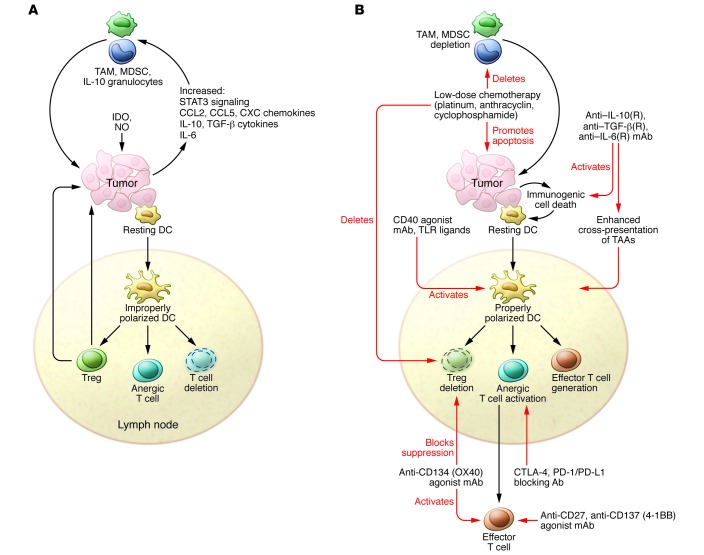Figure 3. Methods to overcome the hostility of the cancer microenvironment toward T cells.
(A) T cell–suppressive mechanisms include the production of immunosuppressive cytokines (IL-10, TGF-β), inflammatory cytokines (IL-6), IDO, and NO, and recruitment of immunosuppressive macrophages (M2-type tumor-associated macrophages [TAMs]) and MDSCs. Cancer cells do not provide the necessary “danger” signals for DC activation, permitting T cell effector and memory cell induction. Thus, DCs are not properly polarized to induce such responses, leading to Treg induction, T cell anergy, and T cell deletion. Moreover, inhibitory checkpoint control molecules such as CTLA-4, PD-1, TIM3, or LAG3 are upregulated on chronically and improperly stimulated T cells. (B) T cell–immunosuppressive mechanisms are counteracted by Abs against immunosuppressive and inflammatory cytokines or their cognate receptors, T cell–stimulatory Abs against TNF receptor family members (CD27, CD40, CD134, and CD137), chemotherapeutics causing immunogenic cell death, or IDO inhibitors. Importantly, vaccination must induce proper effector CD4+ and CD8+ T cell generation in lymph nodes. The robust circulating effector T cells induced by these vaccines travel to tumor sites, where their activity can be optimized by appropriate combinatorial therapies.

